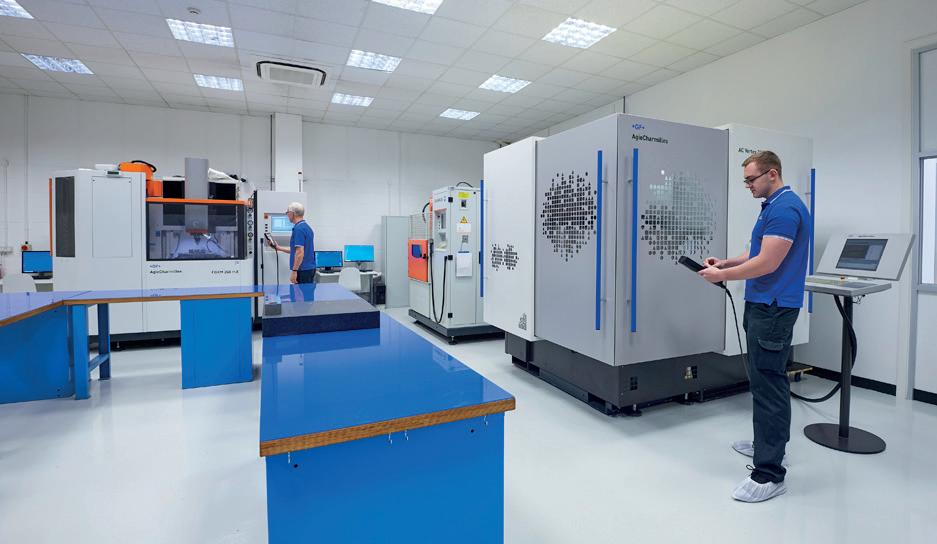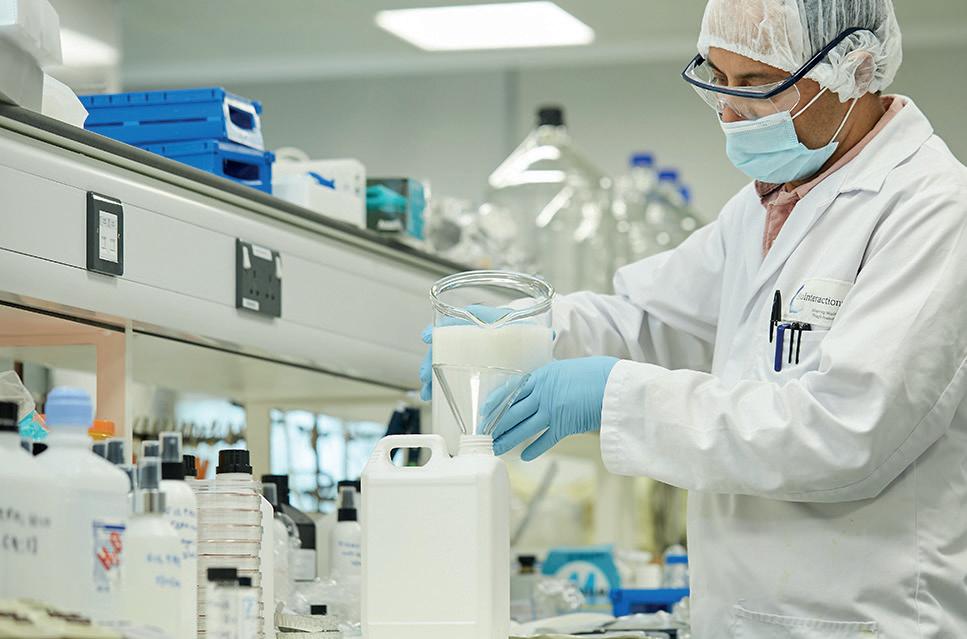
1 minute read
Researchers use AI to study Multiple Sclerosis
Neurology researchers in Nottingham are studying how artificial intelligence can help plan treatment for people with Multiple Sclerosis (MS).
Nikos Evangelou, professor of Neurology at the University of Nottingham and honorary consultant neurologist at Nottingham University Hospitals NHS Trust said: "As part of monitoring patients with Multiple Sclerosis, we do lots of MRI scans of the brain. Checking, measuring and comparing scans with those taken in the previous years can take a long time. We hope with this study we will learn how to use cutting edge technology for automatic scans reading to help us to treat our patients appropriately, having all the information we need."
They are working with Nottingham University Hospitals NHS Trust, Barts Health, AI firm icometrix and Queen Mary University of London on the AssistMS study (Artificial intelligenceassisted magnetic resonance imaging for quality, efficiency and equity in the NHS care of multiple sclerosis), funded by an AI Award from National Institute for Care & Health Research (NIHR).
The project is also supported by the East Midlands Imaging Network (EMRAD), InHealth Group and the MS Society of Great Britain & Northern Ireland.
The collaboration will investigate the impact of AI on the assessment of MRI and decision making for multidisciplinary team meetings for people with MS. Clinicians will be able to detect signs of disease activity faster and more effectively, allowing quicker decisions about treatment.
AssistMS will focus on the reporting of MRI headed by neuroradiologists in routine clinical practice. People with MS receiving diseasemodifying treatments undergo annual MRI of the central nervous system to monitor disease activity. This allows clinicians to detect whether the treatment is working or not.
MRI is more sensitive than clinical indices, and detecting disease activity early enables changing DMT such that MRI-detectable disease activity does not lead to clinical deterioration. However, detecting the often subtle changes on MRI is timeconsuming, tiring and, thus, prone to human error.












